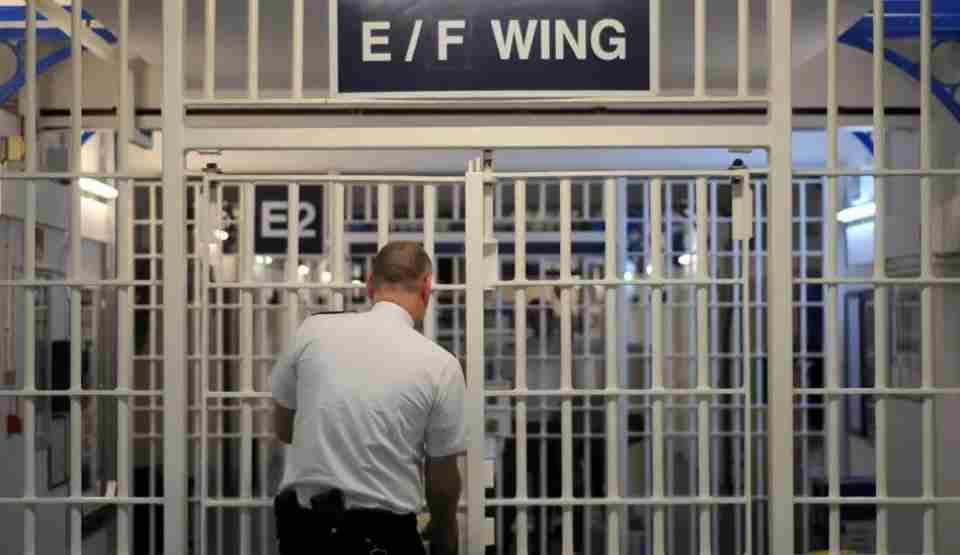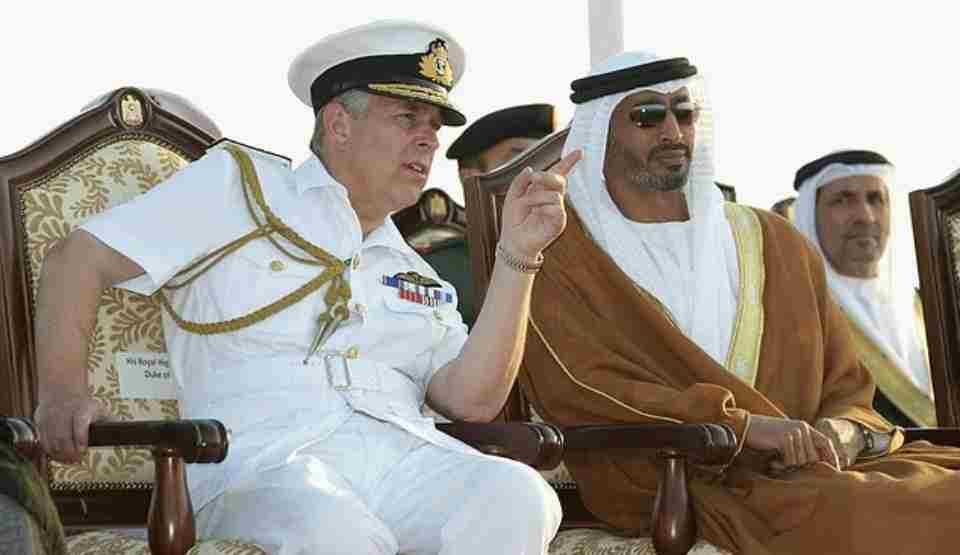Throughout President Trump’s tenure, America’s First Lady has maintained a deliberately limited public profile, making just 22 official appearances in eight months. Her selective presence at events like the White House Easter Egg Roll and papal ceremonies suggested appearances reserved only for occasions of utmost importance.
This context makes her recent flurry of public appearances—five distinct looks over just two days—all the more noteworthy. Every ensemble, from her arrival Burberry coat to the memorable yellow gown at the state dinner, sparked immediate discussion across fashion circles.
The Art of Fashion Diplomacy
Fashion industry insiders who have tracked Melania’s style evolution recognize this concentrated display as intentional strategy. From the moment King Charles issued the February invitation for Trump’s second state visit, the First Lady likely began orchestrating her wardrobe with meticulous attention to detail.
Working alongside her longtime collaborator, designer Herve Pierre, every element would have been carefully considered and customized. Unlike other political spouses who follow traditional diplomatic dress codes—such as the Princess of Wales—Melania operates by her own fashion philosophy.

Arrival Statement: Reimagining British Heritage
Her first appearance set the tone with a floor-length Burberry trench coat from the brand’s 2020 archives, selected from Riccardo Tisci’s tenure as creative director. Rather than simply honoring her host country with a British label, Melania transformed the classic piece into something uniquely her own.
The dramatic length, paired with sleek Christian Dior leather boots, elevated the traditional garment into bold contemporary statement. This represented more than diplomatic courtesy—it demonstrated her commitment to personal style autonomy while drawing from her extensive couture collection.
Windsor Castle: Haute Couture Power Play
Her Windsor Castle arrival look generated significant attention, featuring a custom interpretation of Christian Dior’s legendary Bar suit. Created by former Dior designer Maria Grazia Chiuri, the ensemble represented haute couture craftsmanship far beyond ready-to-wear pricing.
The grey suit, complemented by a violet Stephen Jones hat, sparked debate precisely as intended. While critics noted how the wide brim obscured her face, this choice offered strategic privacy from photographers while maintaining visual impact. The design echoed Dior’s post-war New Look aesthetic, positioning Melania within fashion history’s most transformative moments.
Interestingly, when the Princess of Wales wore a similar Dior Bar jacket in July, fashion commentators praised it as masterful diplomatic dressing. Melania’s version, however, operated outside such conventional expectations.
The Yellow Gown Controversy
The state banquet at Windsor Castle’s St George’s Hall provided Melania’s most discussed fashion moment. Her Carolina Herrera creation—a canary yellow off-shoulder gown with lilac satin belt—defied every expectation of formal royal dining attire.
Standing amid the hall’s historic grandeur that her husband so admires, Melania chose color combinations rarely seen on prestigious red carpets. Her minimal jewelry approach—emerald and diamond earrings with bare neck and no tiara—projected modern confidence over traditional formality.
Fashion critics widely panned the choice, yet this reaction seemed entirely expected. By selecting an American designer over British talent for this pivotal moment, Melania demonstrated complete indifference to external opinion or diplomatic fashion norms.
Calculated Confidence Over Conventional Wisdom
Her poise throughout the evening revealed the true purpose behind such bold choices. Rather than seeking approval, she commanded attention and respect through unwavering self-assurance. The outfit succeeded in ensuring she remained visually prominent despite sharing space with younger royals and established fashion icons.
As Oscar Wilde observed, fashion belongs to those confident enough to define their own style rather than following others’ expectations.
Final Acts: American Luxury Refined
The visit concluded with two additional carefully planned looks. For Queen Mary’s Dolls’ House tour, Melania returned to sophisticated restraint in a custom Louis Vuitton caramel lambskin suit with vanilla trim, paired with Manolo Blahnik snakeskin pumps—epitomizing Upper East Side elegance.
Her Scout meeting ensemble sparked speculation about last-minute adjustments following fashion criticism, featuring Ralph Lauren suede pieces with notably practical Roger Vivier ballet flats. However, such spontaneous changes contradict everything known about Melania’s methodical planning process.
Both she and Princess Kate selected Ralph Lauren, yet their interpretations reflected vastly different style philosophies. Kate embraced the label’s romantic, Victorian-inspired aesthetic, while Melania chose pieces that would seamlessly fit into Ralph Lauren’s flagship Madison Avenue boutique.
Beyond Convention: A Personal Fashion Manifesto
Throughout five distinct looks, Melania consistently rejected conventional expectations. Her choices showed no particular deference to British fashion industry interests, which have shown limited enthusiasm for dressing American First Ladies.
Rather than attempting to charm through fashion diplomacy, these selections represented something more significant: a demonstration of personal agency and aesthetic independence on one of the world’s most scrutinized stages.
The visit ultimately showcased not American fashion outreach, but rather Britain’s opportunity to witness American confidence expressed through uncompromising personal style.






